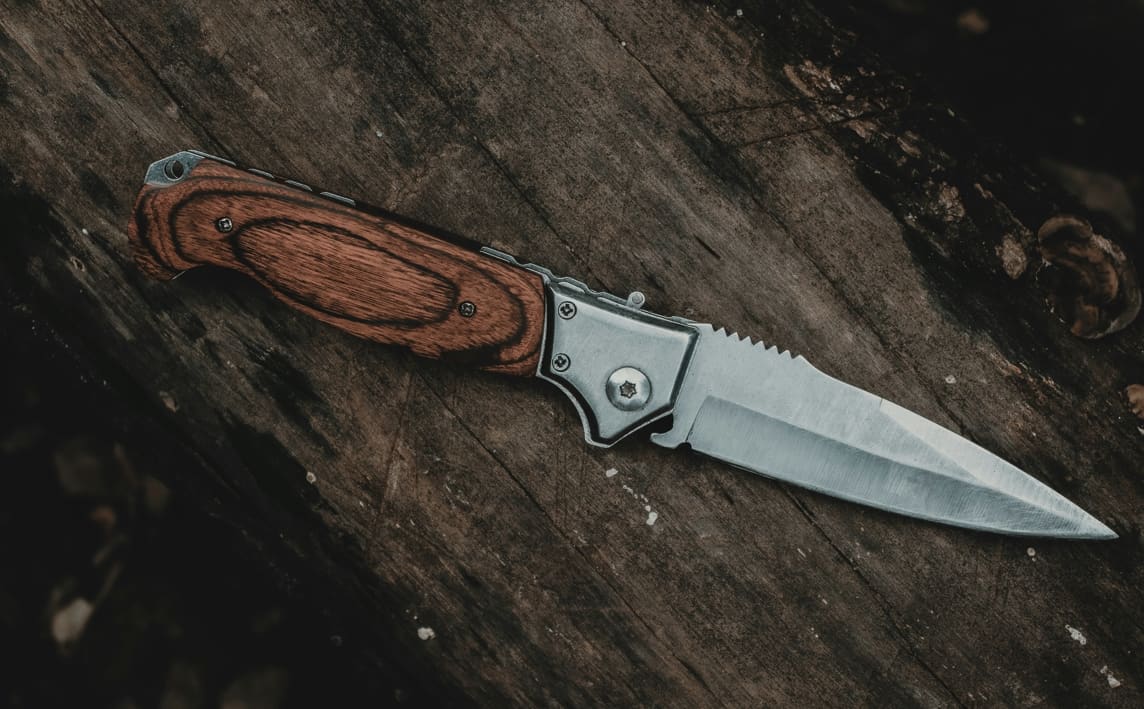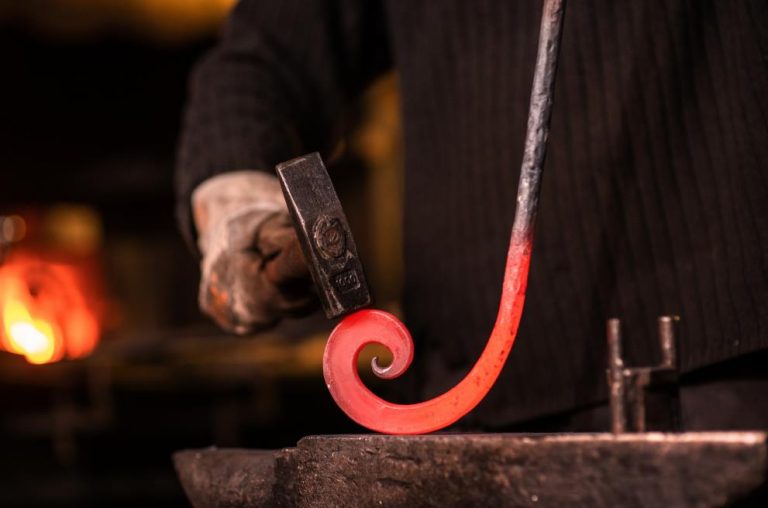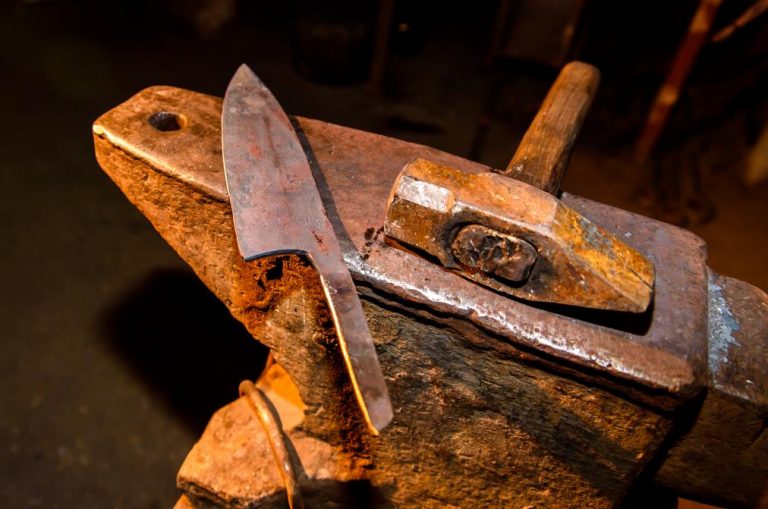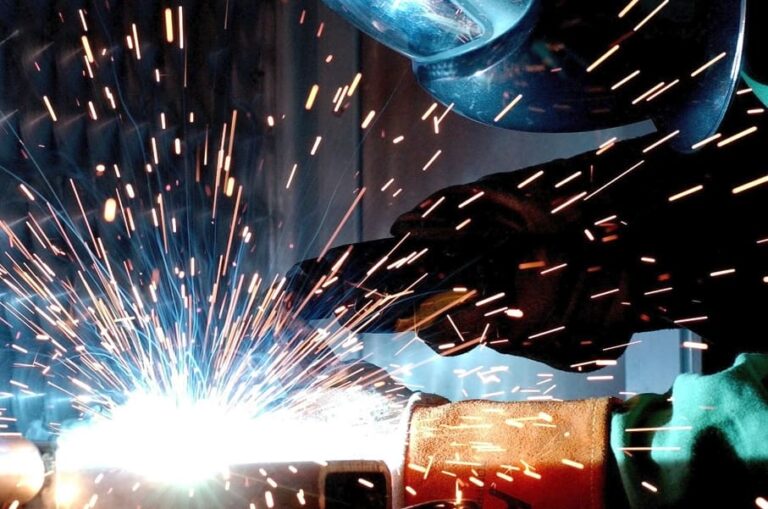O1 steel is a bit of an old-timer in the world of steel alloys. It falls into the high carbon steel category and is one of the earliest tool steels with relatively low alloy. One standout feature is its high manganese content.
Now, while it’s not exactly the belle of the ball in today’s steel scene, O1 still packs a punch in terms of hardness and edge retention. However, it falls short in a few other areas compared to higher-end steel varieties. Despite this, you’ll still catch some pocket knife models and custom makers sticking with O1.
So how does O1 steel perform exactly as a knife steel? And how does it compare to other steel? Let’s find out together.
Chemical composition
When you’re getting down to brass tacks with O1 tool steel, its chemical makeup is key to understanding its performance. Developed back in 1905, O1 falls into the high-carbon, low-alloy steel category. The steel has a rather high amount of manganese and over 0.65% carbon content. Here is a breakdown:
- Carbon (C): 0.85% – 1.00%
- Manganese (Mn): 1.00% – 1.40%
- Chromium (Cr): 0.40% – 0.60%
- Tungsten (W): 0.40% – 0.60%
- Vanadium (V): 0.30%
- Silicon (Si): 0.50%
- Nickel (Ni): 0.30%
- Phosphorus (P): 0.030%
- Sulfur (S): 0.030%
Based solely on its chemical composition, it’s apparent that O1 steel has the potential to achieve a mid to high level of hardness. However, it may be lacking somewhat in terms of wear resistance and toughness. We’ll delve deeper into these aspects in the following section.
Buy Wholesale Knives and Start Scaling up with Us Today
Contact us and connect with a sales rep to get a free quote.
Properties as a knife steel

Hardness and edge retention
One of the standout perks of O1 steel is its ease of heat treatment, allowing it to reach a decent level of hardness and boasting fair edge retention. It’s capable of hitting a hardness level of around 58 HRC, putting it on par with 1095 steel. Hardness and edge retention are major selling points for many customers when it comes to knives. The fact that O1 steel is a breeze to heat treat is a massive draw for countless independent knife makers. It’s the perfect starting steel.
Toughness and durability
Despite its hardness, O1 tool steel does not compromise much on toughness. This balance affords the steel a resistance to sudden impacts and shocks, which is essential for tools subjected to rigorous use. Its mechanical properties are such that it strikes a favorable compromise, making it a durable option for your tooling needs without being as brittle as some harder materials.
Wear resistance
O1 steel also takes a bit of a hit in terms of wear resistance. It is notably worse compared to other die steel, and surprisingly even fails high carbon steel like D2. It’s like the Achilles’ heel of this otherwise sturdy steel.
Ease of sharpening
Maintaining the sharpness of your O1 tool steel is a feasible task due to its ease of sharpening. Despite its considerable hardness, the steel’s composition facilitates a relatively straightforward sharpening process as compared to harder materials, with tools regaining their keen edge swiftly. This makes O1 an appealing choice for those who wish to upkeep their tools without excessive effort.
Heat treatment processes
The heat treatment processes of O1 tool steel enhance its mechanical properties, making it suitable for varied tooling applications. You will learn about the precise temperatures and procedures required for hardening, quenching, and tempering this versatile steel to ensure optimal performance.

Hardening techniques
Hardening O1 tool steel involves heating to the austenitizing temperature of 1475-1500°F (800-815°C) and holding it there long enough to change its microstructure. After reaching the desired temperature, ensure uniform heating and then prepare for quenching.
Quenching methods
Immediately after hardening, quenching is carried out to rapidly cool the steel. An oil quench is commonly used for O1 tool steel because of its slower cooling rate compared to water or brine, minimizing the chances of cracking or distortion. The exact oil used can affect the cooling rate and the final properties of the steel.
Tempering procedures
Post-quenching, tempering of O1 tool steel is essential to relieve stresses and slightly reduce hardness for better toughness. Typically, tempering temperature ranges between 300-600°F (149-316°C), but the exact temperature will depend on the required hardness. Hold at the tempering temperature for at least one hour per inch of thickness.
Annealing steps
For maximum softness and workability, annealing is carried out by heating the O1 tool steel to 1425-1475°F (775-800°C) and then cooling it slowly in the furnace. This process refines the structure and prepares the steel for further machining or grinding.
O1 vs other tool steels
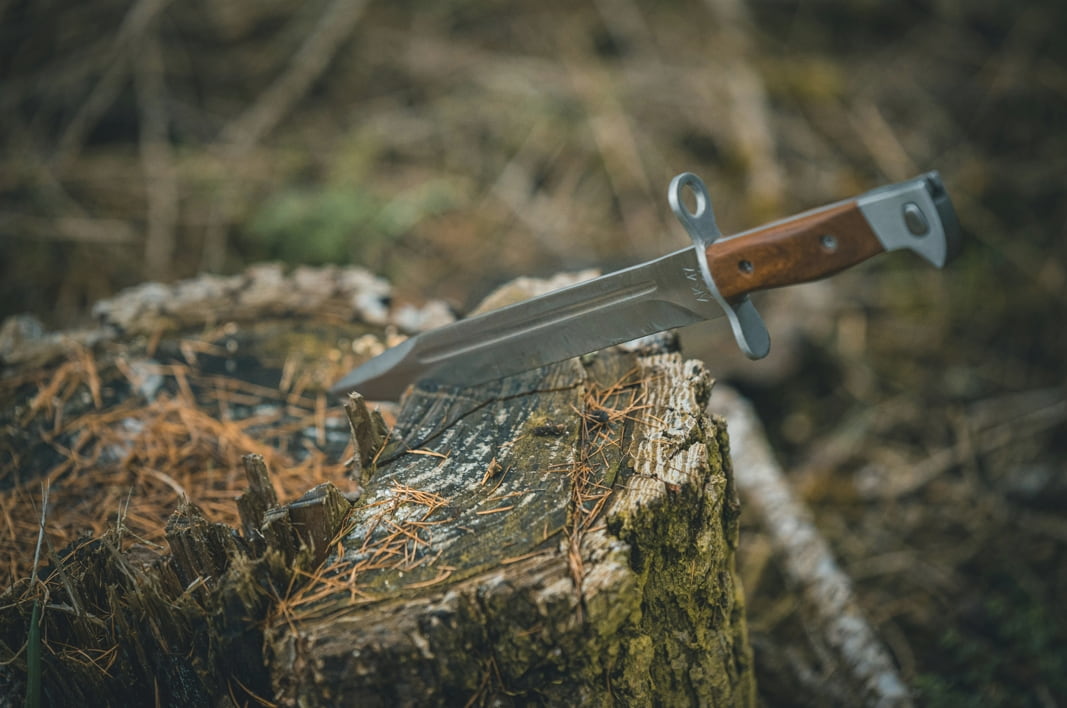
T1 steel
T1 steel and O1 steel both fall into the category of tool steels, but they have distinct differences in their compositions and properties. T1, also known as High Speed Steel (HSS), boasts exceptionally high hardness around 65 HRC and wear resistance. Making it ideal for cutting tools and machining applications where heat resistance is crucial. On the other hand, O1 steel is renowned for its ease of heat treatment and fair hardness, making it a popular choice among knife makers and tool manufacturers. While T1 steel offers superior wear resistance and can withstand high temperatures, O1 steel may be preferred for its simplicity in heat treatment and accessibility.
A2 steel
O1 is oil-hardened, resulting in excellent dimensional stability during heat treatment, while A2 is characterized by its air hardening quality which, despite its higher toughness, may lead to more distortion during heat treatment processes.
Performance wise, A2 is known for its exceptional wear resistance and ability to maintain a keen edge, making it a better choice for industrial cutting tools and blades that undergo heavy use.
D2
When you compare O1 with D2 tool steel, things change slightly. D2 is recognized for its high wear resistance and is a type of high carbon, high chromium tool steel. However, D2 can be harder to sharpen than O1 and does not achieve the same level of fine edge. Here’s a quick comparison:
Buy Wholesale Knives and Start Scaling up with Us Today
Contact us and connect with a sales rep to get a free quote.
Is it worth investing in O1 steel now?
If you’ve got options like A2, D2, or similar steels with better wear resistance and similar hardness levels, we’d recommend giving those a serious look first. But if O1 happens to be more readily available in your neck of the woods, it could still do the trick.
Now, if you’re aiming for the cream of the crop – the kind of steel that’s a pain to heat treat and a challenge to work with without advanced CNC machinery – then hooking up with a professional manufacturer is the way to roll! And guess what? LeeKnives is just the ticket for all your knife manufacturing needs. Plus, if you’re in the market for wholesale knife models in bulk, contact us through this link and let’s get down to business!
